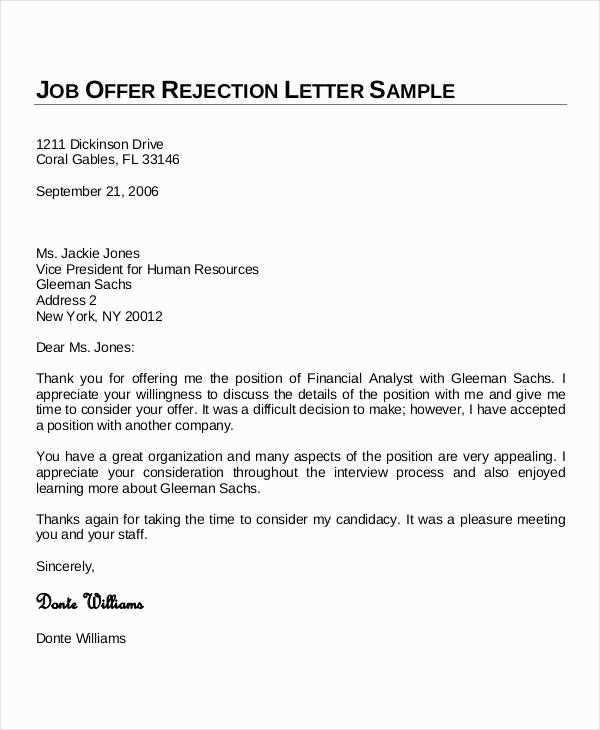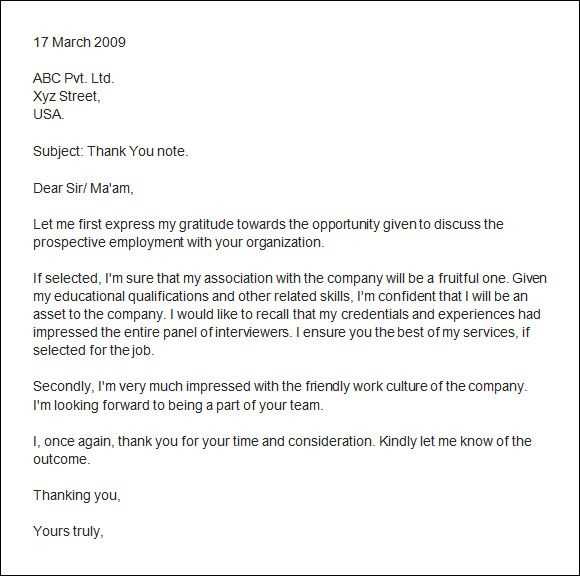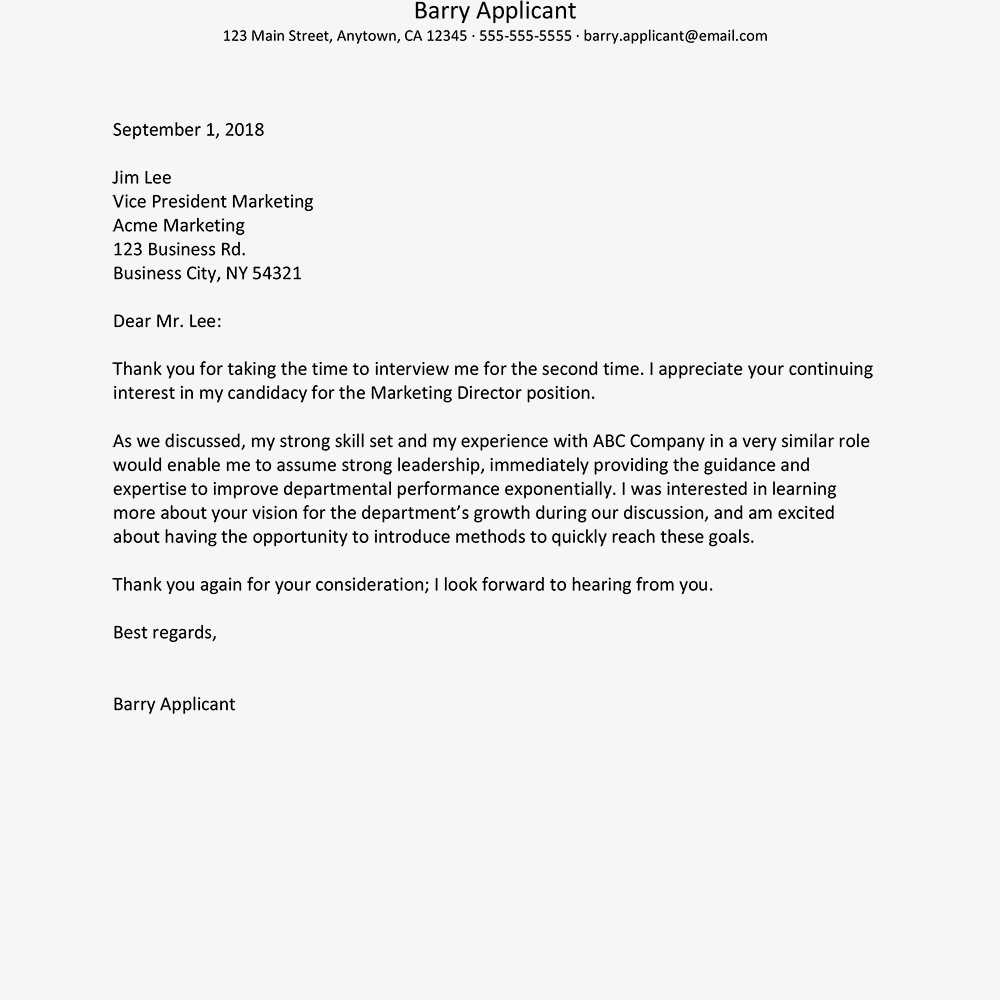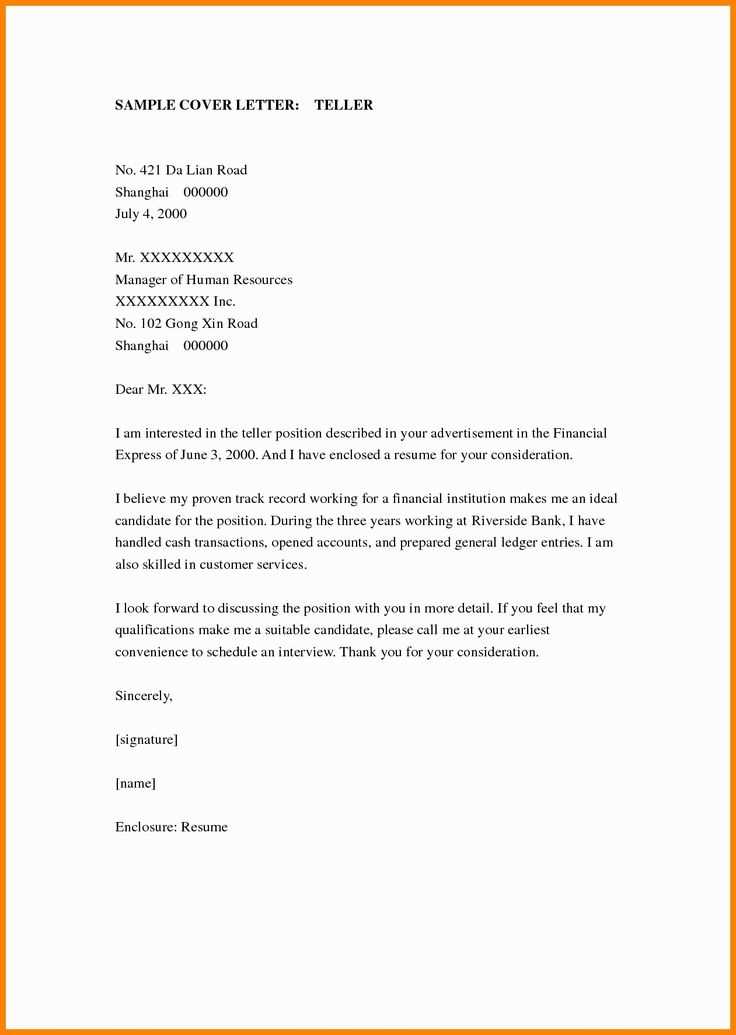Second Interview Letter Template for Professional Follow-Up

When it comes to advancing the hiring process, clear and professional communication is essential. After the initial screening, it’s time to formally invite promising candidates to take part in a more in-depth conversation. This next step should reflect your organization’s standards and the candidate’s potential fit for the role.
Sending a well-crafted message is key to maintaining a positive candidate experience. It should convey the importance of the next phase, offer relevant details about the meeting, and express enthusiasm about their continued interest. A personalized approach can make all the difference in strengthening the relationship with your top choices.
Crafting the Perfect Follow-Up Invitation
When moving forward with a candidate, it’s crucial to send a message that reflects both professionalism and clarity. A well-composed invitation sets the tone for the next phase and helps candidates prepare appropriately. The key is to strike a balance between formality and warmth, ensuring they feel valued while understanding the importance of the upcoming discussion.
To create a compelling follow-up communication, consider these essential components:
- Clear Purpose: Be upfront about the reason for reaching out, and emphasize the importance of this next step in the selection process.
- Details: Provide all relevant information, such as the date, time, location (or virtual meeting link), and any materials the candidate needs to bring or prepare.
- Tone: Maintain a professional yet inviting tone that encourages the candidate to feel comfortable and excited about the next stage.
- Personalization: Tailor the message to the individual. Mention something specific from previous discussions to show attentiveness and engagement.
- Clarity: Make sure the candidate understands what is expected from them and the next steps they should follow.
Following these guidelines will help ensure that your follow-up is not only effective but also leaves a lasting positive impression on your candidates.
Key Elements of a Professional Message

When crafting a formal communication to a candidate, certain elements must be present to ensure that the message is clear, respectful, and professional. A well-structured message not only provides the necessary information but also builds a positive relationship with the recipient. Below are the key components that contribute to a polished and effective message.
Clarity and Purpose
The most important aspect of any formal communication is clarity. The recipient should be able to understand the intent of the message immediately. Clearly stating the purpose of the message, such as scheduling a follow-up meeting, ensures that there is no confusion. Additionally, providing all the relevant details upfront, such as date, time, and format, avoids unnecessary back-and-forth.
Professional Tone and Personalization
While professionalism is essential, it’s also important to infuse the message with a touch of personalization. A formal but friendly tone fosters a positive relationship with the candidate. Mentioning something specific from prior conversations or highlighting the candidate’s strengths helps the message feel more thoughtful and tailored to them.
Including these key elements will make your communication not only effective but also well-received, creating a positive experience for the candidate.
When to Send a Follow-Up Message
Timing is a crucial factor when sending a formal communication to a candidate. Sending the message too early might create confusion, while waiting too long could lead to frustration or a missed opportunity. Identifying the right moment to reach out is essential for maintaining professionalism and a positive experience throughout the process.
Ideal Timing for Sending the Message
Here are the best practices to follow when determining the appropriate time to send a message:
- Within 24-48 Hours: It’s important to contact candidates promptly after your initial discussions. A message sent within this time frame shows respect for the candidate’s time and demonstrates the efficiency of your hiring process.
- After Initial Screening: If the first meeting was a preliminary discussion, it’s best to send a follow-up after you’ve evaluated all candidates. Waiting until you’ve selected a few to move forward with ensures you’re not overwhelming anyone prematurely.
- Allow Time for Reflection: If you’ve had a more detailed conversation, give the candidate a day or two to reflect on the meeting. This time frame allows them to prepare and shows you respect their time as well.
Considerations to Take Into Account
While timing is important, it’s also vital to consider other factors, such as the urgency of the hiring process and the availability of both the interviewer and candidate. Scheduling conflicts, holidays, or weekends can also affect the timing of your follow-up. Flexibility is key in ensuring the process remains smooth and respectful to both parties.
Tips for Personalizing Your Invitation
Personalization is a key element in making your communication stand out. A generic message can feel distant or impersonal, which might affect the candidate’s perception of the process. By incorporating small, meaningful touches, you can make the recipient feel valued and create a more engaging experience.
Here are some practical tips to make your message more personalized:
- Refer to Previous Conversations: Mention specific points from earlier discussions. This shows that you’ve paid attention and are genuinely interested in the candidate’s background and qualifications.
- Use Their Name: Addressing the candidate by their name at the beginning and end of the message adds a personal touch and makes the communication feel more direct and friendly.
- Acknowledge Their Strengths: Highlight one or two qualities or skills that impressed you during your initial interaction. This reinforces their value and makes them feel recognized for their efforts.
- Tailor the Tone: Adjust the formality of the message based on your previous interactions. If your discussions were more relaxed, it’s okay to adopt a slightly less formal tone while still maintaining professionalism.
- Be Specific About Next Steps: Clearly mention what the candidate can expect in the upcoming stage and how they can best prepare. This shows that you are considering their time and ensuring they are set up for success.
Personalizing your communication not only improves the candidate experience but also strengthens the relationship, setting the stage for a more productive and positive follow-up process.
Common Mistakes to Avoid in Emails
When sending formal communication to candidates, the way the message is constructed can have a significant impact on the recipient’s perception. Even minor errors can create confusion, reduce professionalism, or lead to missed opportunities. Being mindful of common mistakes ensures that your message achieves its intended purpose and fosters a positive relationship with the candidate.
Overcomplicating the Message

One of the most common errors is making the message unnecessarily complex. Long paragraphs, convoluted sentences, or excessive jargon can confuse the recipient and obscure the main point. Instead, focus on simplicity and clarity, ensuring the key information is easy to find and understand.
Neglecting Proper Formatting
Another mistake is failing to format the message properly. A disorganized email can appear unprofessional and difficult to follow. Always use paragraphs to break up information and consider bullet points or numbered lists to highlight key details, such as the meeting date, time, and location.
By avoiding these errors, you can create more effective and professional communications that leave a positive impression on your candidates.
How to Convey Your Expectations Clearly

Being transparent about what you expect from candidates is vital for maintaining a smooth and effective process. Clear communication helps candidates prepare properly and eliminates any ambiguity, ensuring they understand their role in the next steps. This will also create a more efficient and positive experience for everyone involved.
Key Aspects to Communicate
To ensure your expectations are understood, it’s essential to highlight the following points in your message:
| Aspect | Explanation |
|---|---|
| Meeting Date and Time | Provide clear information about when the follow-up will occur, including the time zone if necessary. |
| Location or Format | Indicate whether the meeting will be in-person, virtual, or conducted via another medium, and include all relevant details (such as a link for online meetings). |
| Preparation Requirements | Let the candidate know if they need to bring specific documents or prepare for any tasks or presentations. |
| Next Steps | Clarify the purpose of the follow-up and what the candidate should expect after this stage. |
Maintaining Transparency Throughout the Process
Along with providing specific instructions, be sure to maintain an open line of communication. If any changes occur in the process or if additional details are required, update the candidate promptly. Transparency and responsiveness foster a sense of trust and professionalism, making for a smoother experience for both parties.
Examples of Effective Follow-Up Invitations
Sending a well-constructed invitation is key to setting the right tone for the next stage of the process. A thoughtful message not only conveys the necessary details but also reinforces the candidate’s value and your organization’s professionalism. Below are a few examples of how you can structure an effective follow-up communication that both informs and engages the recipient.
Example 1: Formal and Clear Invitation
Dear [Candidate’s Name],
Thank you for taking the time to meet with us earlier. We were impressed by your background and would like to invite you to the next phase of the process. This meeting will give us an opportunity to discuss your qualifications further and to learn more about how you could contribute to our team.
The details for the follow-up are as follows:
- Date and Time: [Insert Date and Time]
- Location/Format: [Insert Location or Virtual Meeting Link]
- Preparation: Please review the attached materials and be ready to discuss your experience with [specific skills/areas].
We look forward to continuing our discussion. Please confirm your availability at your earliest convenience.
Best regards,
[Your Name]
[Your Title]
[Your Organization]
Example 2: Friendly and Inviting Invitation
Hi [Candidate’s Name],
It was a pleasure meeting you during our initial conversation. We were really impressed with your experience and would love to invite you to meet with us again for a more in-depth discussion. This will be a great opportunity to dive deeper into your skills and the role we’re looking to fill.
Here are the details:
- Date and Time: [Insert Date and Time]
- Location/Format: [Insert Location or Virtual Meeting Link]
- Preparation: Feel free to bring any questions or ideas you’d like to discuss regarding the position or our company culture.
Looking forward to seeing you again! Let us know if the proposed time works for you.
Best regards,
[Your Name]
[Your Title]
[Your Organization]
These examples illustrate how to maintain professionalism while also making the candidate feel welcomed and valued. Adjusting the tone and level of formality can help you match the style of your organization’s communication, ensuring consistency throughout the hiring process.